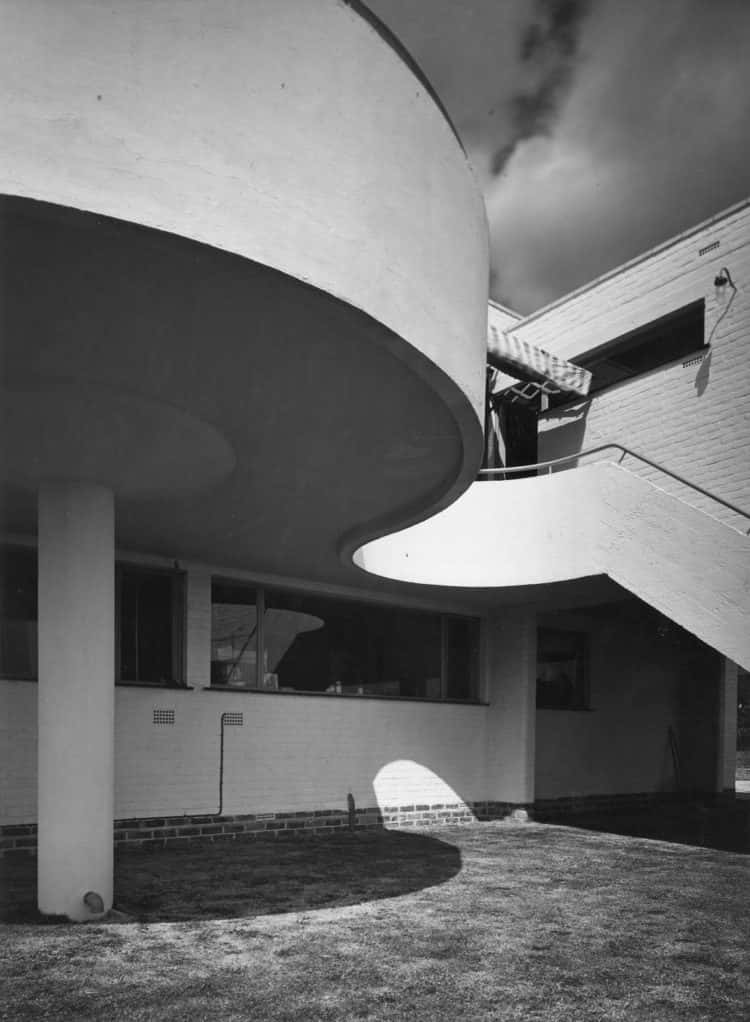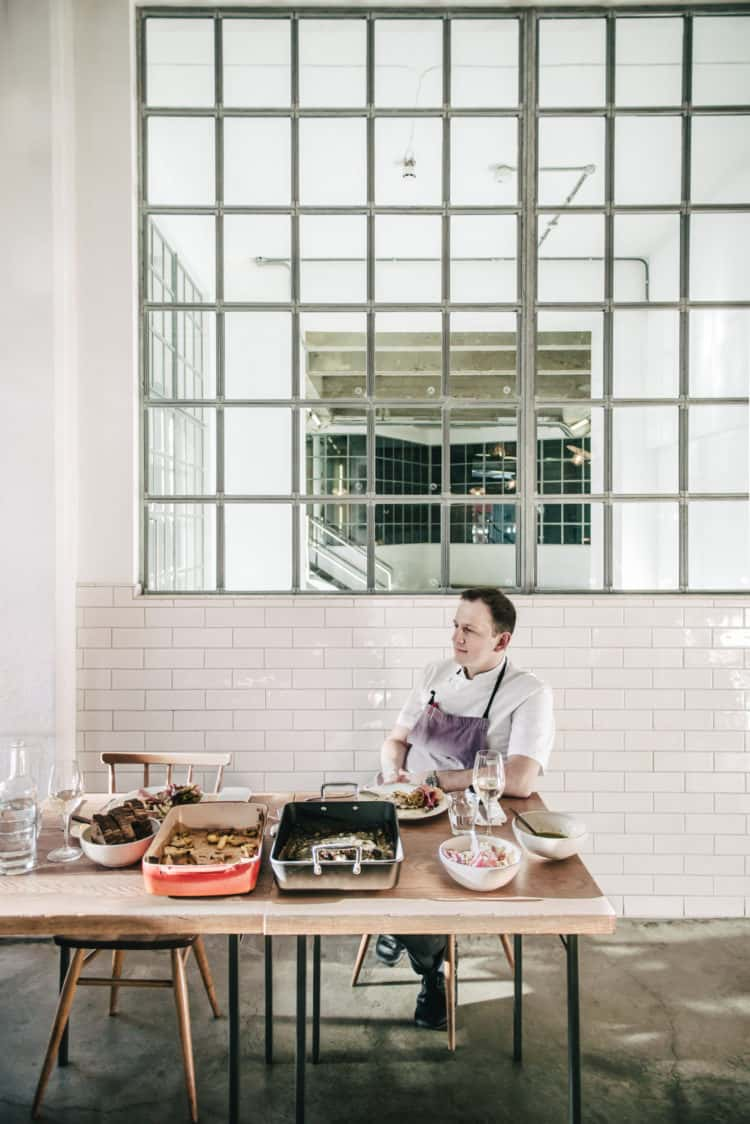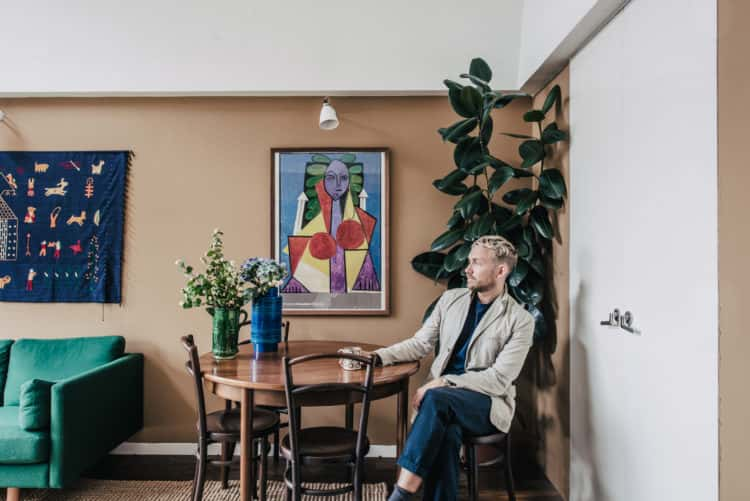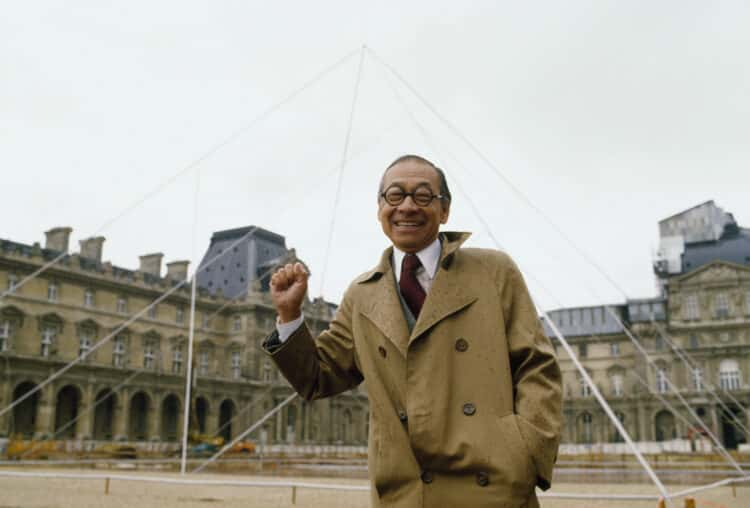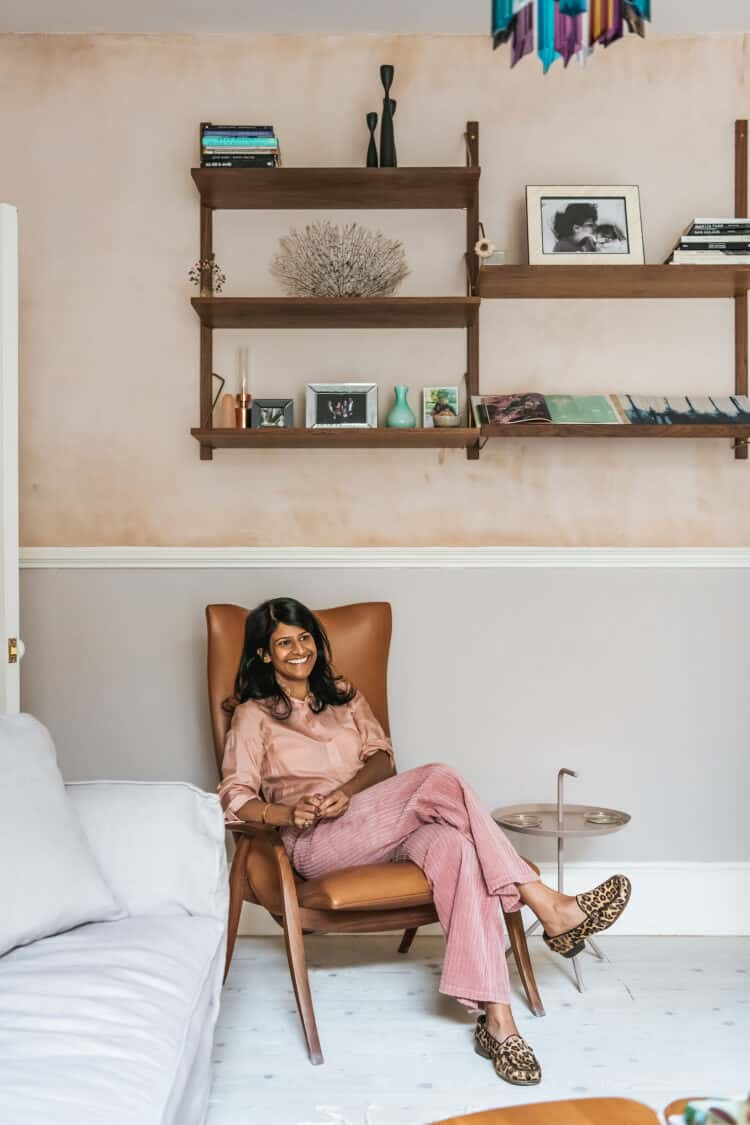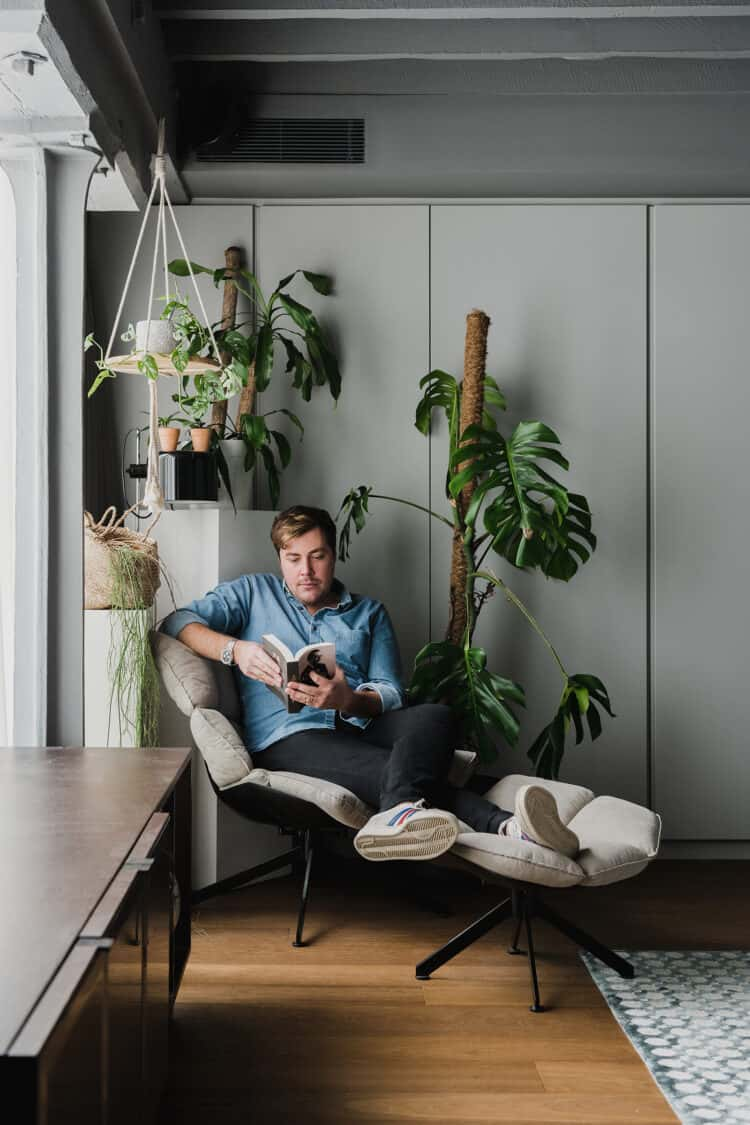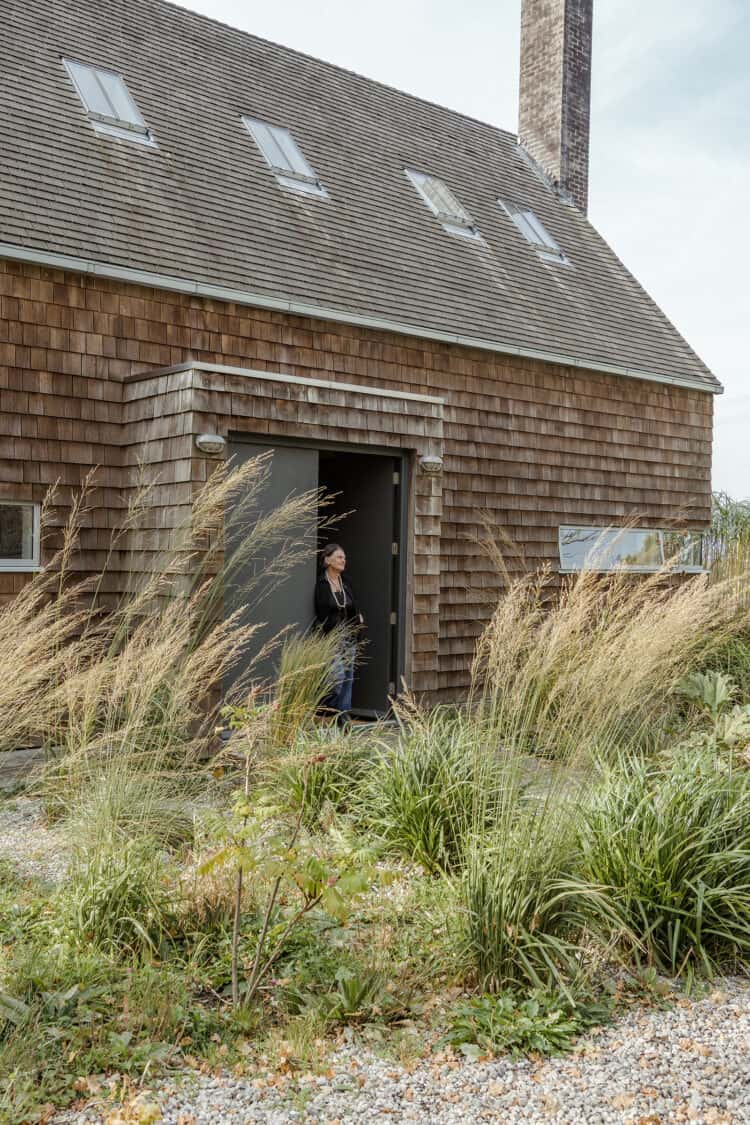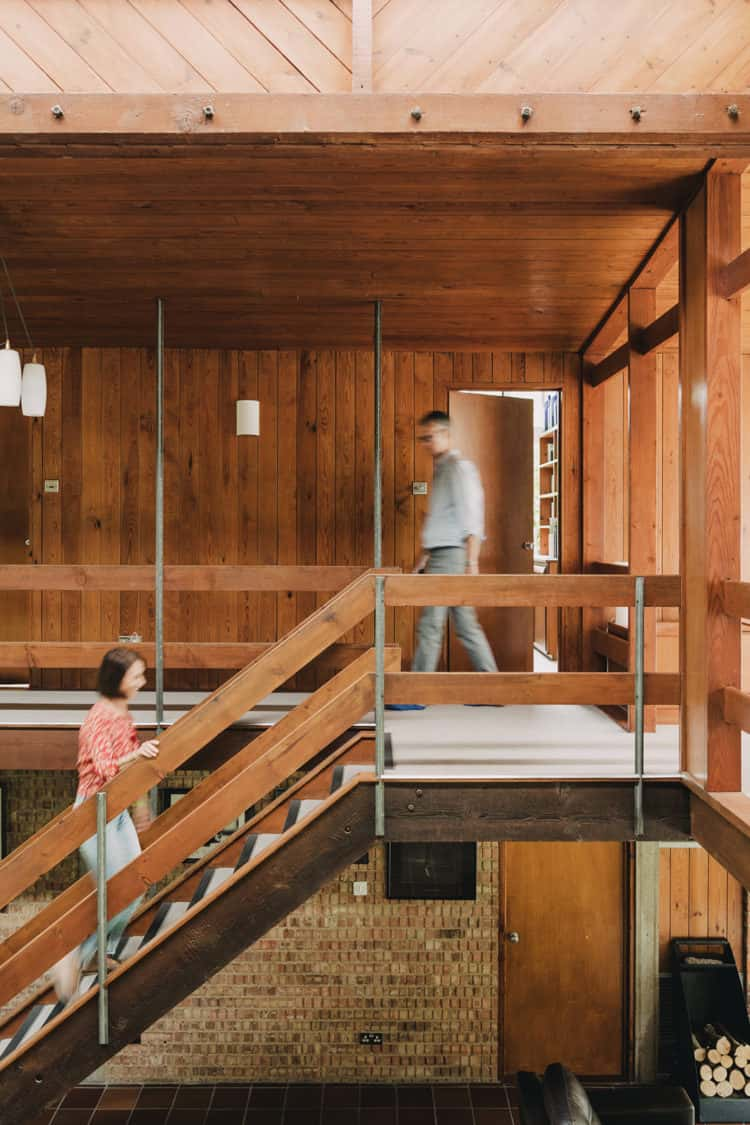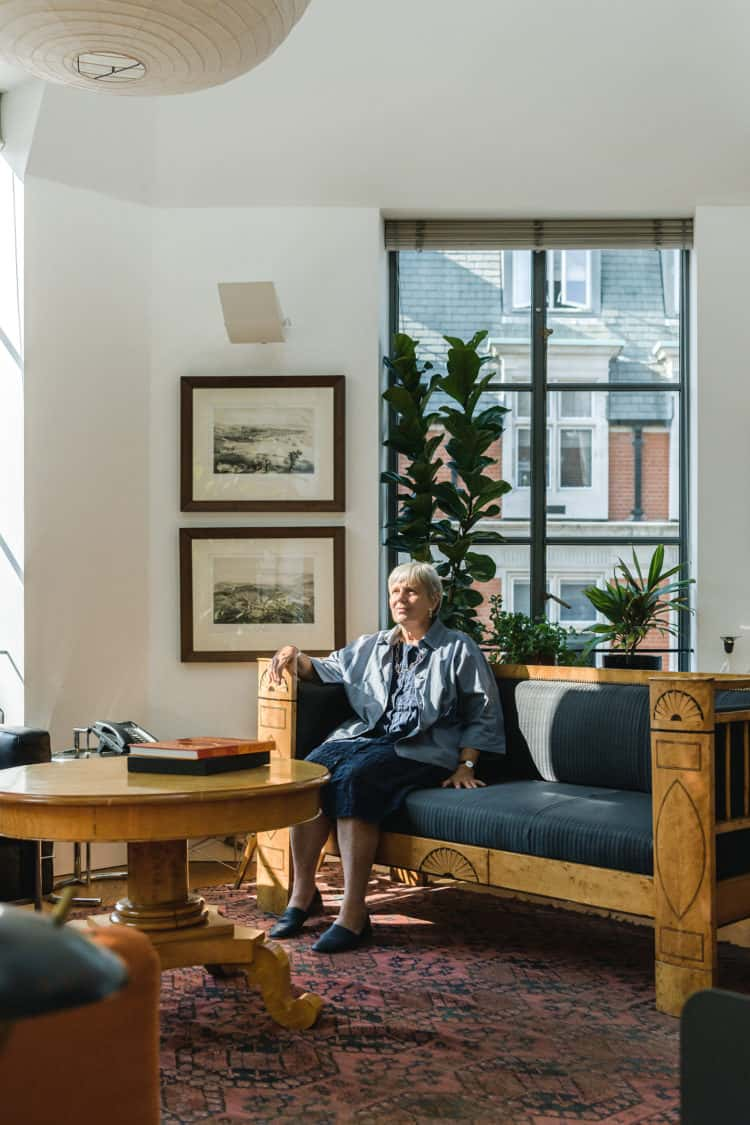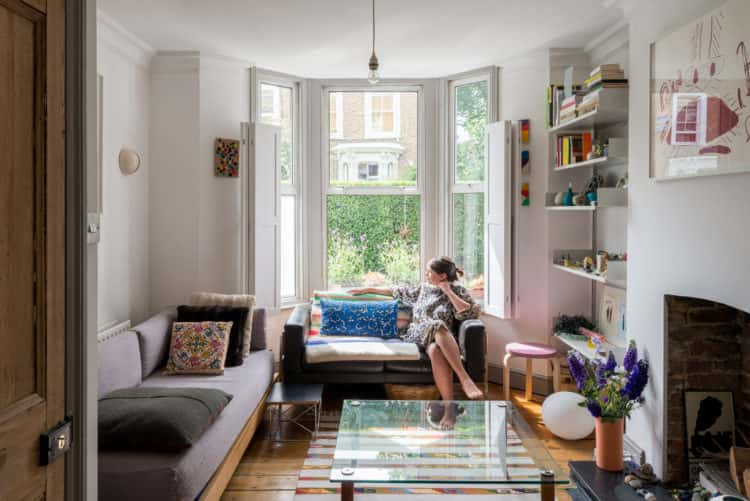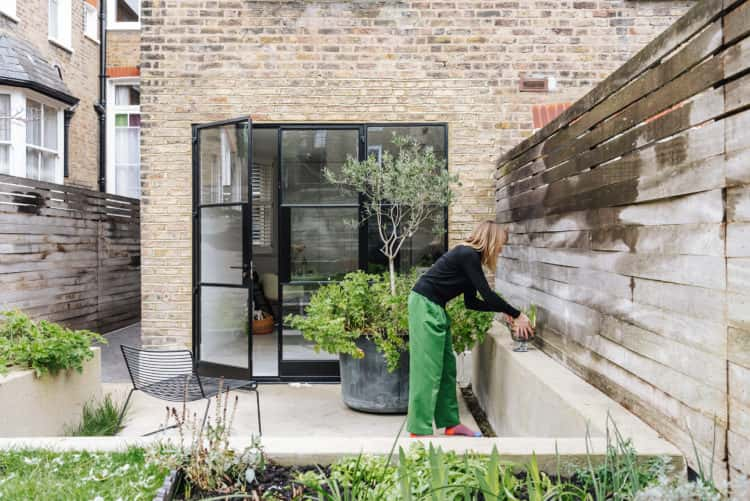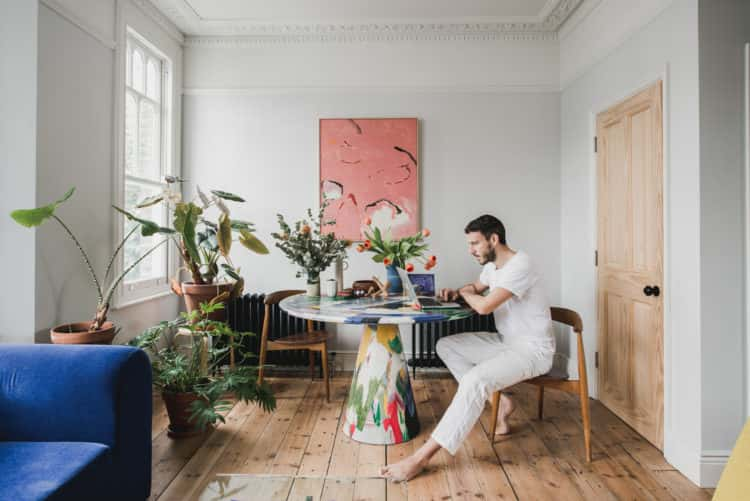My Modern House: architects Annabelle and Stephen Harty on the pros and cons of open-plan living at their Victorian townhouse in Dalston
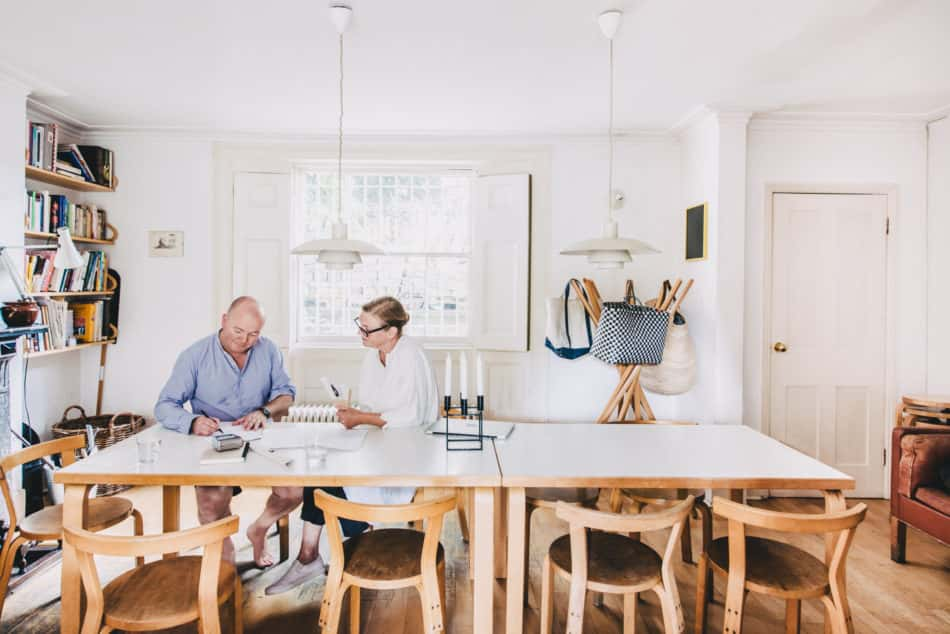
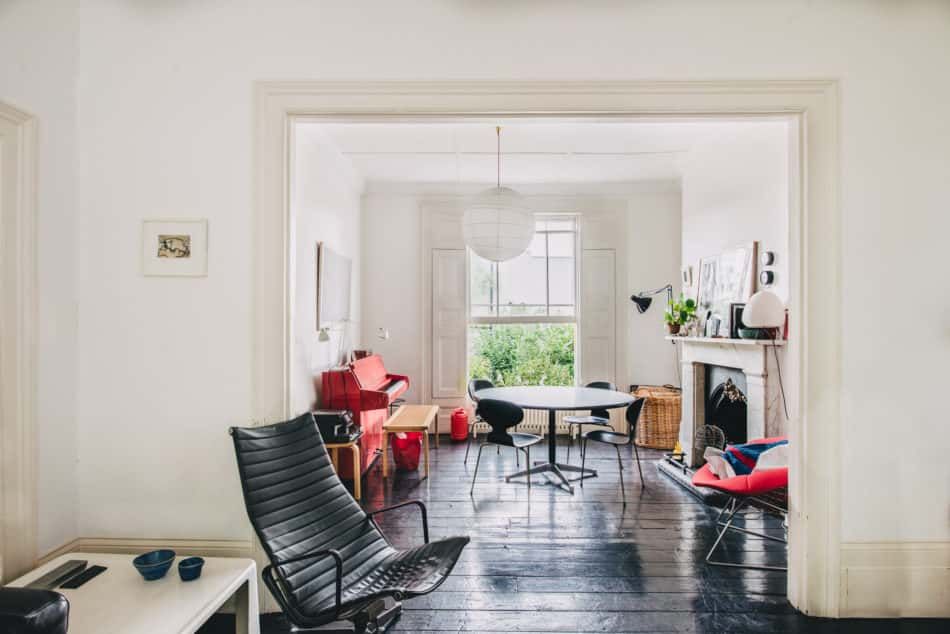
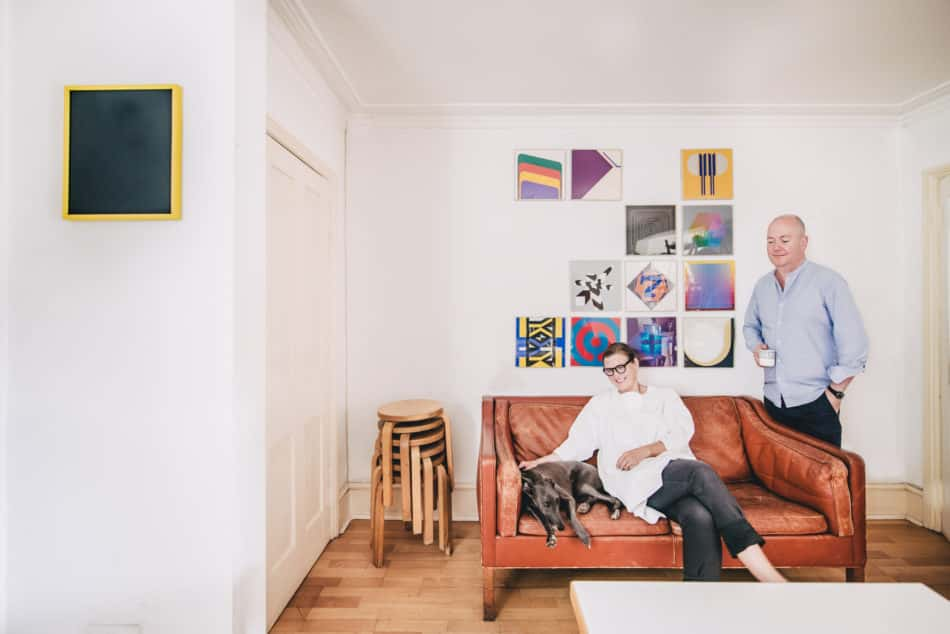
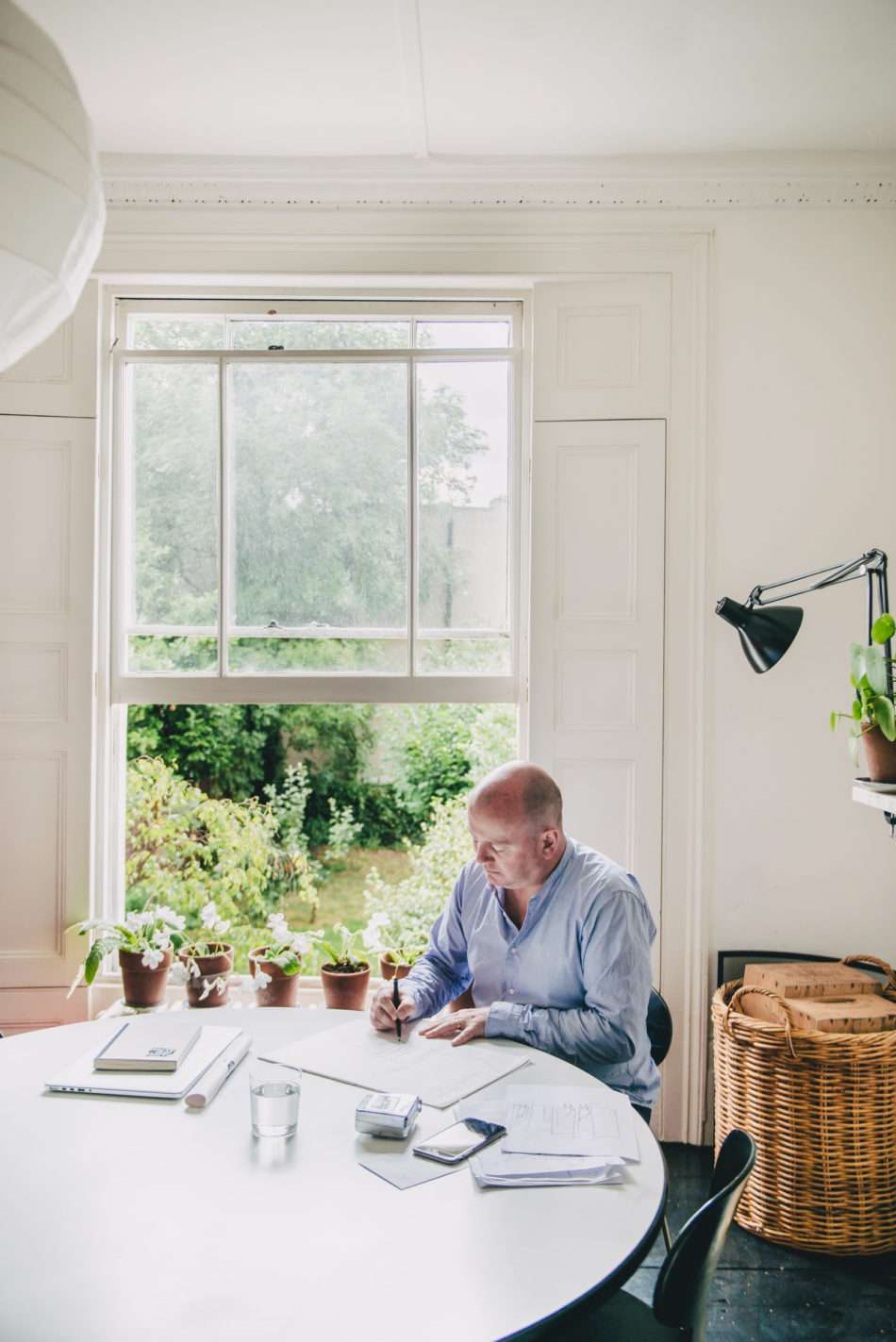
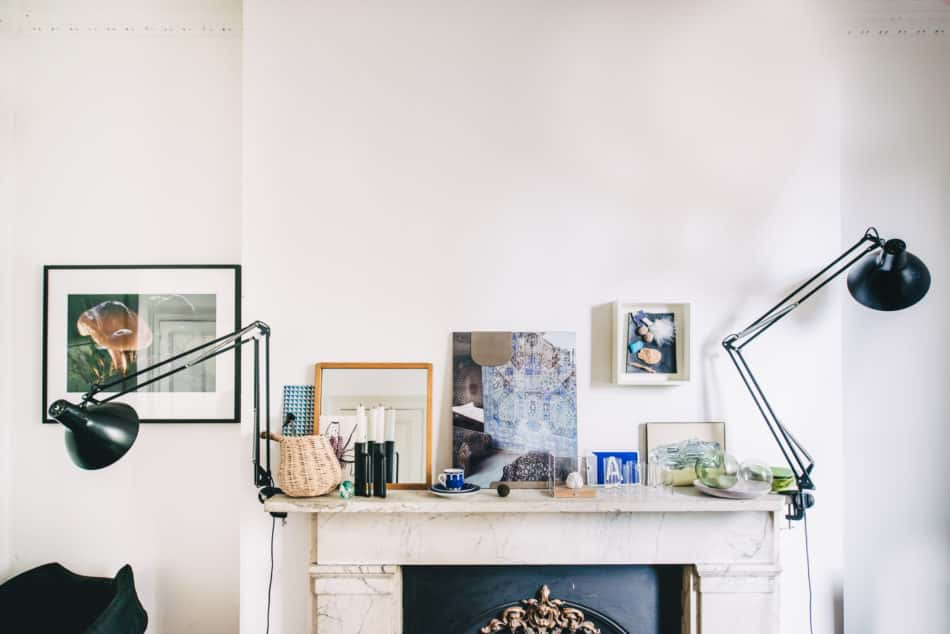
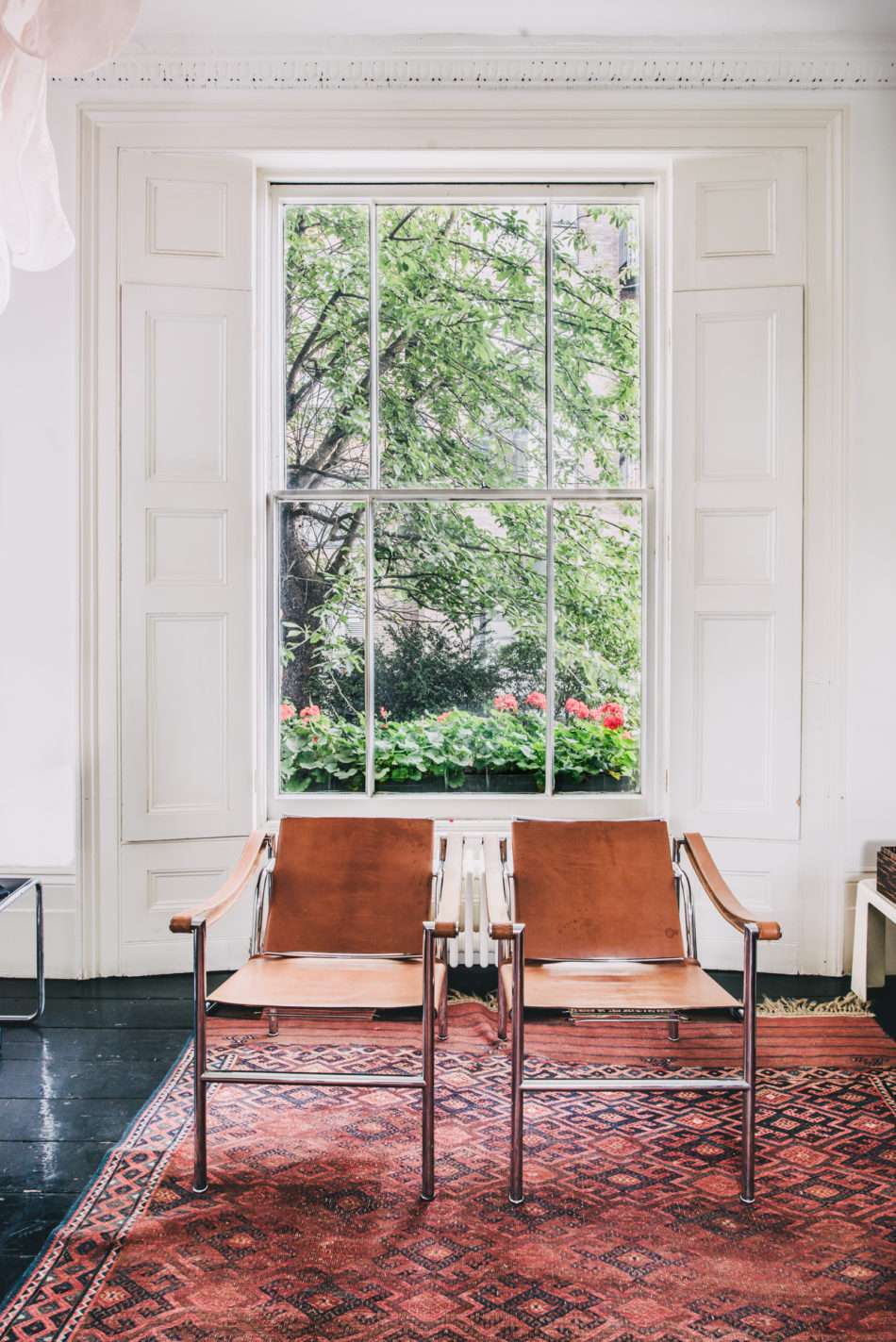
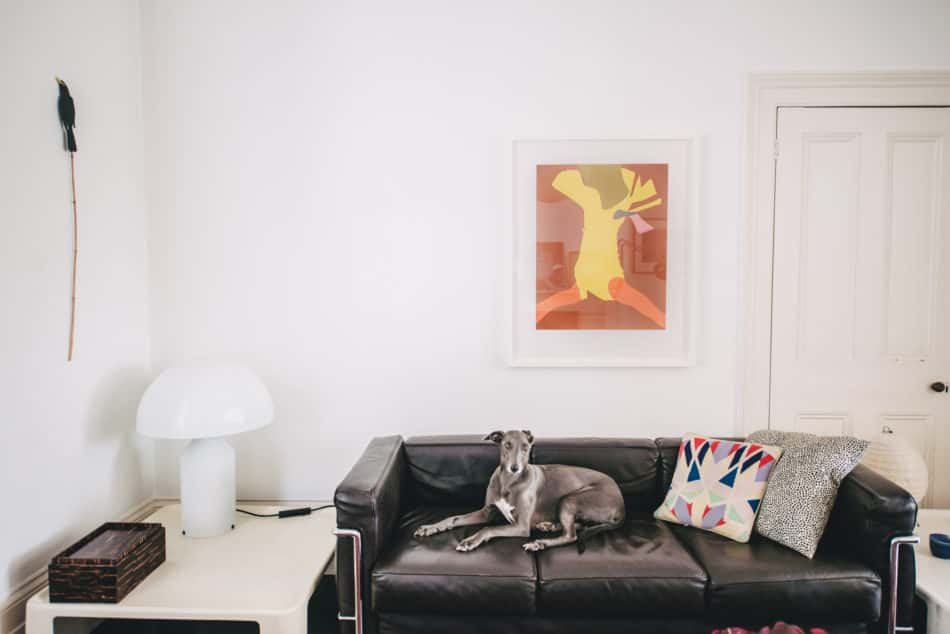
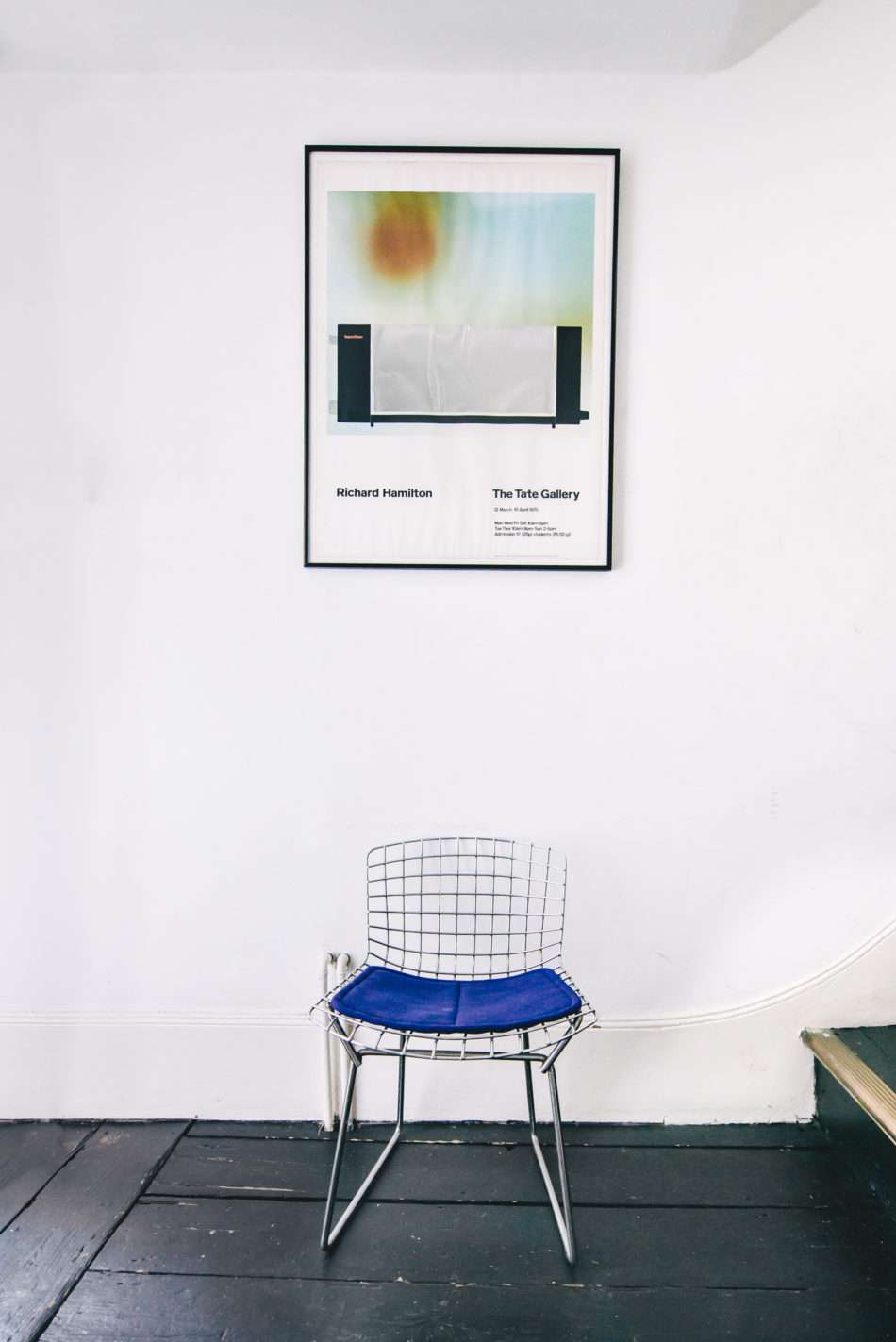
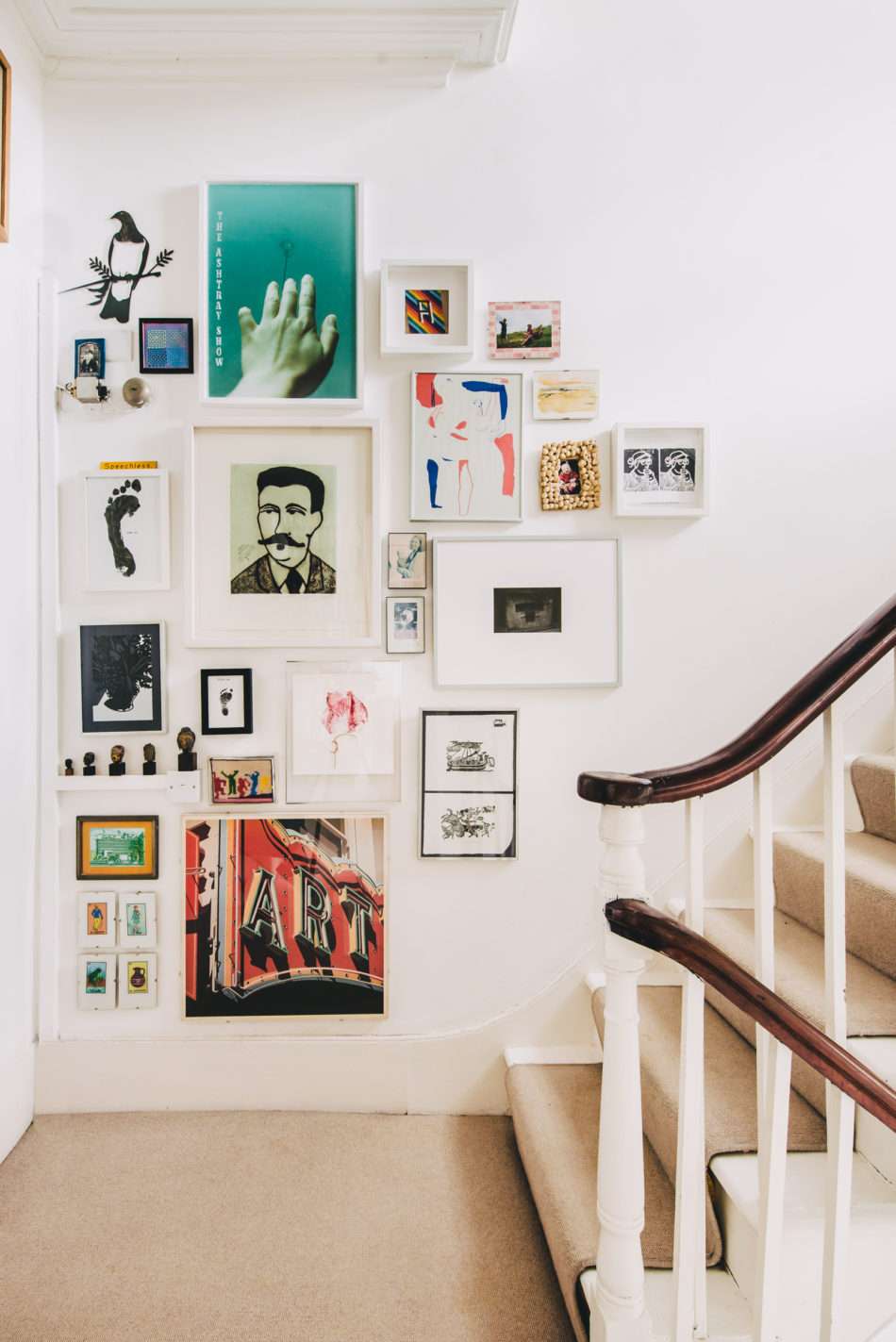
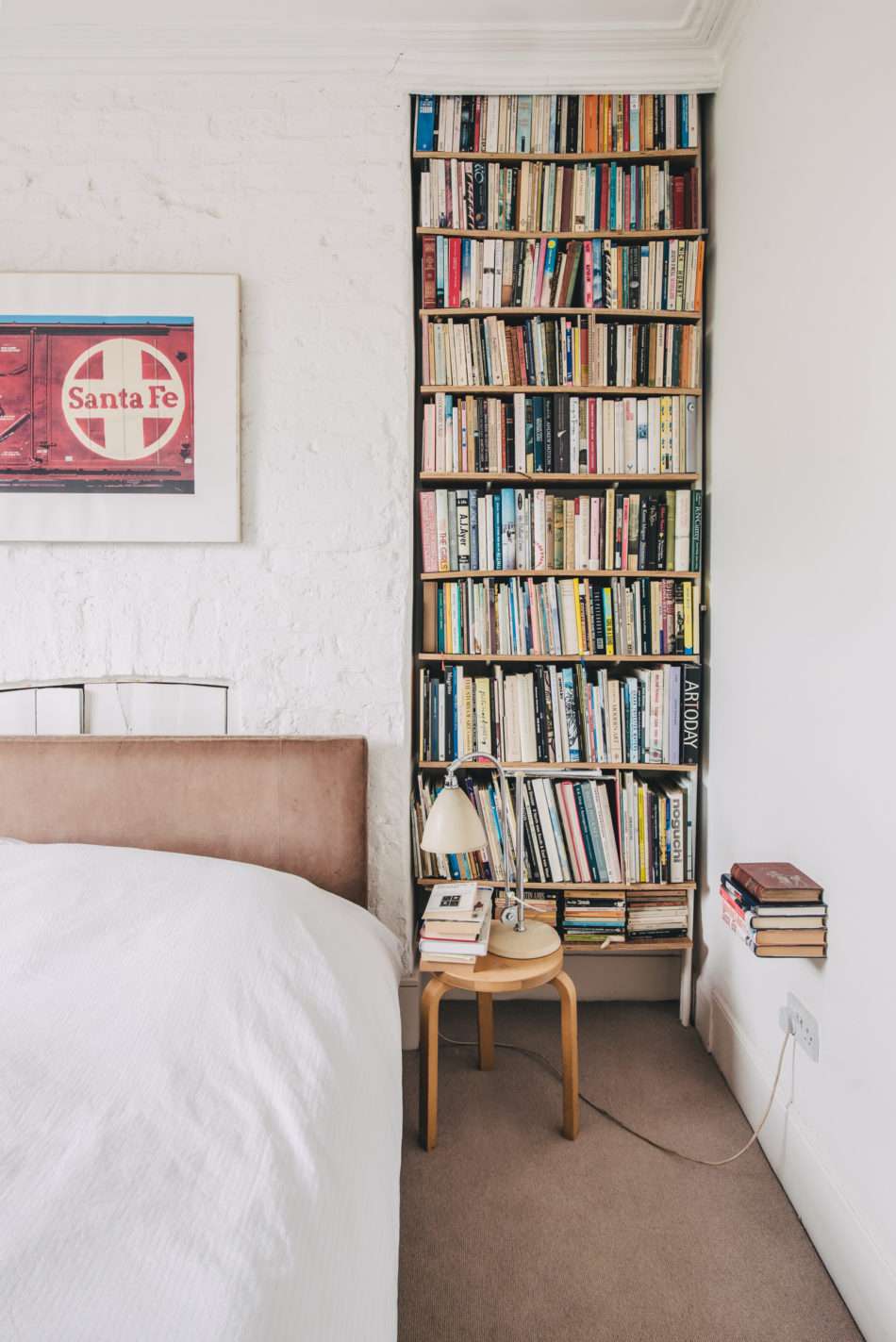
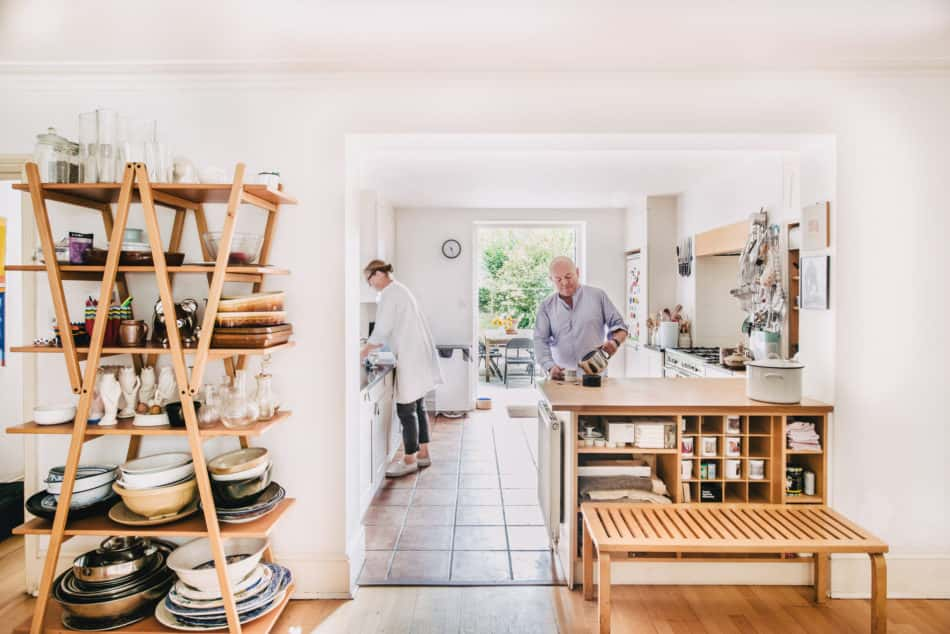
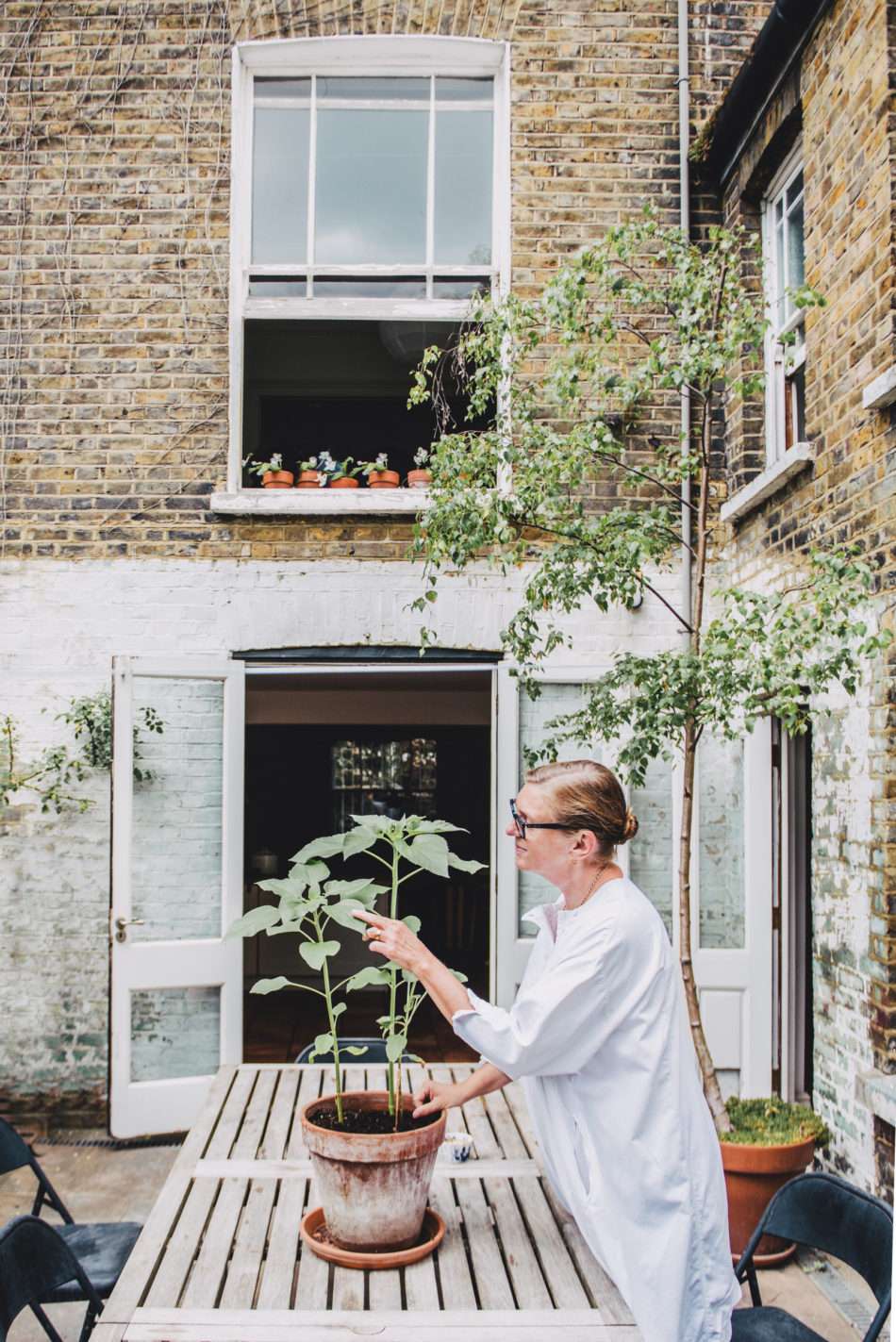
We talk to architects Annabelle and Stephen Harty about the pros and cons of open-plan living, which they are well versed in after selling their warehouse conversion via The Modern House for a Victorian townhouse in Dalston.
Annabelle: “I remember the day we got the keys to this place. We came to rip off all the net curtains and thought, ‘Oh God, what have we done? This is a nightmare – hell!’
“We went over to, Fergus [Henderson], my brother, and Margot’s house, and, after a merry evening, decided it was all a disaster. Then, we got a call at 3am from the police, telling us we were being burgled. So, that was our welcome to Dalston!
“We were in a big warehouse space near Old Street roundabout before. We have two children, now 21 and 22 years old, and they learnt to ride their bike in the flat because it was so huge.
“When the children turned into teenagers, we suddenly realised that the great big fun dream of everyone doing bare-footed, slightly scruffy, hippy living wasn’t going to work anymore, glamorous as it was. We needed proper rooms!”
Stephen: “We had a lot of friends who had started to move further east, and we got to know the area through them. We started looking but everything seemed so small. Then, when we crossed over to Dalston, we found that the houses were twice the size for the same price.”
Annabelle: “An old couple with ten cats lived here before us. You couldn’t see out of any of the windows. It was in a terrible state – really quite grim, actually.
“Anyway, we thought, ‘this is perfect!’ We decided we had found a house that was large enough for our family, at last.
“We re-plastered the whole thing, just to have some straight walls. But, overall, we had a very light touch that was just about bringing out the original character.
“It’s amazing how flexible this house is, actually. Because we’d been living in a warehouse for so long, we thought it was extraordinary when we moved here: to have rooms and doors was so exciting.
“But I also remember thinking, ‘Oh God, I’m going to be alone in the kitchen and everyone will be upstairs.’ Fear of separation, I think. But it turned out to be much less prescriptive than that.”
Stephen: “Initially, we worried our friends wouldn’t come and see us. One, because it was so far east and also because we thought they might not think of it as a party house, which the warehouse definitely was.
“In reality, people come here and have just as good a time. But, interestingly, people are much better behaved if we set up a dining table in the upstairs living space. If we eat downstairs in the kitchen, people don’t behave quite as well and it’s a bit more fun.”
Annabelle: “Upstairs has a bit more formality to it. If we have drinks upstairs and dinner downstairs, everyone sits in the living room not knowing what to do. You have to sit people down at a table – it doesn’t work otherwise.”
“Because we’re such big eaters, the open-plan flat was fantastic because you could have 20 people over and not even notice. I think that’s the only time this house feels small, when we want a big dinner.
“But, in terms of living as a family, it feels much bigger here. When the children were teenagers, they could have mates upstairs making a racket, and we could have the same downstairs, also making a racket, and it worked.
“In the warehouse, the children would bring just a couple of friends over and it would feel tiny. So, in terms of ways of living, other than feasting, this house offers more options.
“And if you want to dance, a tiny kitchen floor is often more satisfactory than a great big space.”
Stephen: “Entertaining and eating is how we gain new clients, a lot of who come from friends of friends. We become friends with new people, have them over for lunch here, and then they hopefully become clients. It’s not as creepy as it sounds…”
Annabelle: “We feed our way into work!”
Stephen: “But it’s the best way to do it. We’re not a corporate practice and because even our small jobs last at least a year, we put a lot of emphasis on getting to know our clients.”
Annabelle: “We spend most of our time in Wiltshire with my mother, who is quite elderly. We come back to London and get totally overexcited. We spend three wonderful days with friends, having far too much fun, and then crawl back to Wiltshire.
“We need a more gentle balance. We’re not ready to be called country people yet, not by a long stretch. Actually, we’re M4 people – we essentially live on the M4.
“But Wiltshire is lovely, and we built ourselves a studio based on Danish fishing huts, which we discovered while our daughter was studying on Bornholm, a tiny island in the Baltic Sea.
“It’s a fantastic space to work in, both for the practice and, since I started a quilt company, Arrange Whatever Pieces Come Your Way, with my friend Sheelagh Boyce last year, it’s nice to do that there too. They’re architecture-inspired quilts, drawing from buildings like the Unité d’Habitation in Marseille, designed by Le Corbusier and Oscar Niemeyer’s Communist Party Headquarters in Paris.”
Stephen: “Most of our furniture we have here is from Annabelle’s parents, whose general approach has always been to have modern furniture in period houses. We’re of the same mindset, and so didn’t want to rip out the skirting boards and pretend it was a modern home.
“If you have a building that’s 100 or 150 years old, you can’t shoehorn your dreams of Modernism into it. You have to play to the strengths of the existing building, rather than trying to erase all the character.”
Annabelle: “As a practice, we find that we generally pare things back, rather than do them up. We’re about creating spaces that are flexible enough to be able to handle the ever-changing nature of life.
“With architecture, you try to create one dream, but it evolves into something else as life goes on, and I like to think that process won’t stop. Stephen and I are now at a very different stage in our lives from when we first moved here.
“Do we want to live in a four-bedroom Victorian house anymore? Or is the next thing a tiny little house that we design every inch of? Whatever it is, it’s nice how one’s ambitions, or the version of what you think your life is going to be, changes and evolves.”
Annabelle and Stephen, how do you define modern living?
Stephen: “It’s about using our space for entertaining, socialising and not being overly formal about it.
“I know it sounds a bit holistic, but I think the idea of being custodians of old properties is important. We’re on a ten-year watch of a house that is 170 years old. You have a shell, and it’s the setting you create, the people you bring in and what you do in it that defines a modern outlook of how you use the house, rather than what it actually looks like.
“It’s not that we’re nostalgic, but we’re much more interested in being modern than contemporary. Our new-builds have much more to do with the Barbican, the Smithsons or Brutalism than Zaha Hadid.”
Annabelle: “People confuse Modernism with what appears to be contemporary in magazines. Maybe modern living is being in our Danish fisherman’s hut – that feels like modern living for us right now.
“I certainly don’t think it’s about a perfect extension with concrete units and skylights. This house is a good one, and it’s timelessly modern because of that.”
Is there a home on The Modern House website that has caught your eye?
Stephen: “Hands down the John Penn house at Shingle Street. We have a friend that lives in a house Penn built for his parents in Bawdsey. The proportions of the internal spaces and how they respond to the surrounding landscape are fantastic.”
Looking for an open-plan loft? Or a classic London townhouse? Explore our homes by collection here
